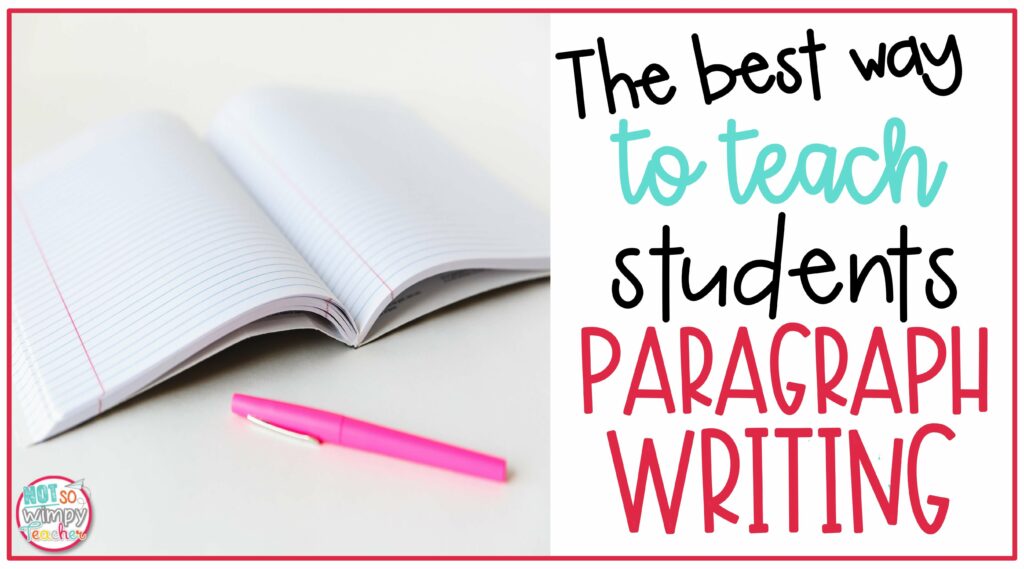
I’m not a betting girl . . . but if I were, I’d bet that many of you start the year with a unit about paragraph writing. Am I right?
I thought so. It’s pretty common to begin your writing instruction with a unit on “how to write a paragraph.” Typical lessons include what a paragraph is, how to write topic sentences and conclusions, and how to construct the perfect five-sentence paragraph.
But after teaching for a couple of years, I stopped teaching paragraph writing at the beginning of the year. And after you read this post, maybe you will too.
By the way, I recorded a video talk about paragraph writing. You can watch it here!
Keep reading more below.
Paragraph Writing is Boring
When I was a new teacher, I too started my writing lessons with the paragraph unit. I thought that’s what you were supposed to do. But I quickly realized that my students were bored to tears.
At first, I thought, oh well, learning how to write paragraphs isn’t very much fun. But it’s a skill students need to learn, so they’ll just have to deal with it.
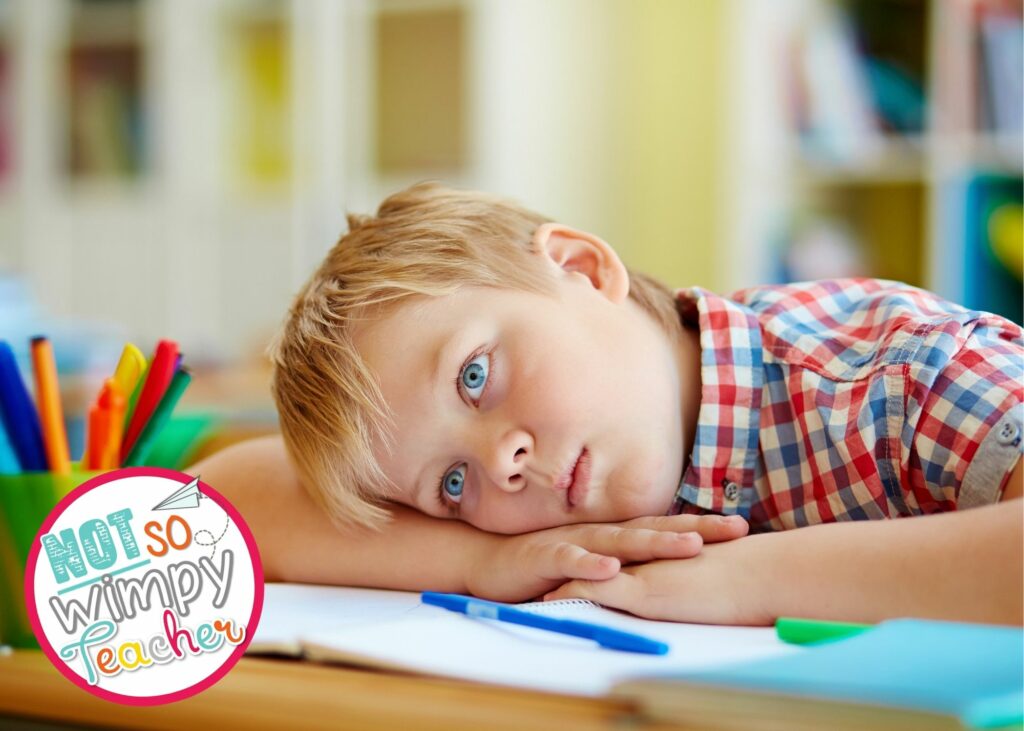
But the more I thought about it, the more I realized that it wasn’t okay. I didn’t want my kids to be bored. I didn’t want them to think that writing was dull. And I definitely didn’t want them to dread writing workshop.
I wanted writing workshop to be fun. I wanted it to be something my students looked forward to and got excited about. I wanted them to know that writing was going to be different in my classroom.
We all know that how you start the year sets the tone for your entire school year. I did not want to send the message that writing workshop was going to be a drag. But starting with the driest topic certainly wasn’t helping to convince my students that writing is fun.
Students Don’t Care About Paragraphs
The truth is students just don’t get excited about paragraphs. They don’t care about, or even really understand topic sentences. Transition words, hooks, reasons, and examples . . . none of those things really matter to most students. At least not right away.
I decided to flip my instruction around and start with something a little more exciting. A writing lesson the students found interesting. I thought that if I could get them invested in writing, then when I introduced the boring stuff, like paragraph writing, they would be more willing to work on it.
And I was right. Once I got kids hooked on writing, they wanted to be better writers. They were more willing to work on their paragraphs when those paragraphs became an important part of telling a story they cared about.
Paragraphs Aren’t One Size Fits All
Think about it for a minute…
What does a paragraph look like in this blog post? In a Charles Dickens novel? In your favorite psychological thriller, memoir, or chick lit?
The reality is that paragraphs are not all 5-7 sentences long. They come in many shapes and sizes. The length of a paragraph depends greatly on the type of writing. And many of the types of writing that we teach our students don’t have standard 5-sentence paragraphs.
Take personal narratives, for example. You teach your students to start a new paragraph every time the speaker changes. This means that most paragraphs are only one or two sentences long.
Why spend weeks teaching your students that a paragraph has five sentences only to immediately launch into the exceptions to that rule in the next unit? That’s super confusing for kids.
Teach Paragraph Writing in Context
I’ve got good news, though. You don’t need a separate unit for teaching paragraphs. Rather, you can teach paragraph writing within each specific genre of writing. That’s what I do.
I don’t launch each unit with a lesson on paragraph writing, either. First, I get the kids writing. I let them put their ideas on paper and start crafting their masterpiece. Then, a few weeks in, once they are invested in the writing, I introduce a lesson on paragraphs specific to the genre we’re working on. It’s just one of many mini lessons I teach about the genre.
Personal Narrative Paragraph Writing
When I teach personal narrative, I show kids how to start a new paragraph every time a new character speaks. I also model how to use quotation marks and punctuation.
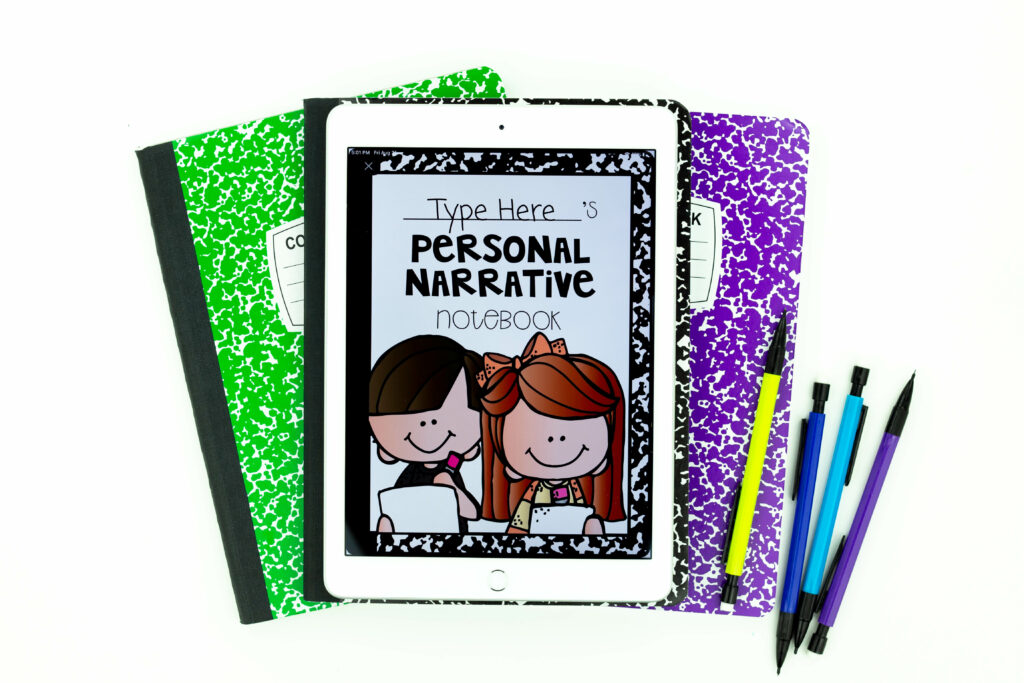
Informational Essay Paragraph Writing
As we move on to other types of writing, I repeat my paragraph lesson specific to each new genre. When I teach informational writing, I explain how every subtopic in their outline becomes its own paragraph. I also teach them about topic sentences, details, and concluding sentences.
This is the typical paragraph many of us think of when we think of teaching paragraphs. It makes sense to teach it inside the informational writing unit because it is appropriate for that genre.
Opinion Paragraph Writing
In opinion writing, the paragraphs are similar to informational writing. There is a topic sentence and a conclusion and supporting details in between. But the important thing for students to understand is that each of the reasons that support their opinion becomes its own paragraph.
Fiction Paragraph Writing
Finally, when I get to fiction writing, the paragraphs become eclectic. Some paragraphs may be one sentence long when students are writing dialogue. Others may be long and chock full of details. When students describe the setting or a character’s thoughts, they may have long, descriptive paragraphs. This variation in length makes the writing more interesting.
I typically teach fiction writing last. So students have already learned about many different types of paragraphs, and they can combine them into one story that is interesting to read.
Perfect Paragraphs Are Not the Goal
At the end of the year, not all of your students will write perfect paragraphs. That’s okay.
They are children. They will continue to practice writing paragraphs year after year, all the way through high school and beyond.
I’ve played around with the paragraph formatting in this blog post a couple of times. And I’ve been writing paragraphs for a really long time.
What you are looking for is growth, not perfection. Do they indent? Are they switching paragraphs when ideas change? Are they using more than one paragraph in their writing?
Teaching writing is about so much more than using paragraphs correctly. You are looking for a story with strong details. You want to see a supported opinion. You want to see that students know how to reference texts and summarize information. All of those things are much more important than perfect paragraphs.
Want to learn how to plan an entire year of writing at one time? Check out this post.

FREE Ultimate Step-by-Step Guide to Teach Paragraph Writing
If you want more information about how to teach paragraph writing, download my Ultimate Step-by-Step Guide to Teach Paragraph Writing. You’ll love this surprisingly simple way to teach paragraph writing to kids in grades 2-5. It will help your students fall in love with writing and learn how to write a variety of paragraphs. Check out this step-by-step lesson you can use with any genre.
Work With Me
Want to learn more about teaching writing? Awesome!
Writing is my jam. And I’ve created an online professional development course for teachers about how to make teaching writing easier, more effective, and a heck of a lot more fun. Check out my Not So Wimpy Writing Masterclass today.
I specifically developed this online professional development course for teachers in grades 2-5 to help simplify writing workshop and provide the tools and strategies you need to be a more confident writing teacher.
You’ll learn:
- A process for teaching writing that makes it simple, effective, and even joyful to teach writing—for you and your students, too.
- How to create manageable mini-lessons to teach—and have your students stay on task for independent writing time.
- Where to find time every day for writing instruction—and weekly conference time for all of your students.
- How to help ALL your students get the skills they need to become better writers—and perform well on standardized tests.
Most importantly, teaching writing will be easy, breezy, and beautiful—and your students will actually love to write!
The best part is this professional development takes place completely online. You can do it when you want, where you want, wearing what you want. And you get lifetime access to the course. So you can watch it on your time and go back and rewatch it whenever you want.
Registration for the Not So Wimpy Writing Masterclass is currently closed. Be sure to sign up for the Waitlist so you will be the first to know when we open it again. Sign up now so you don’t miss out!
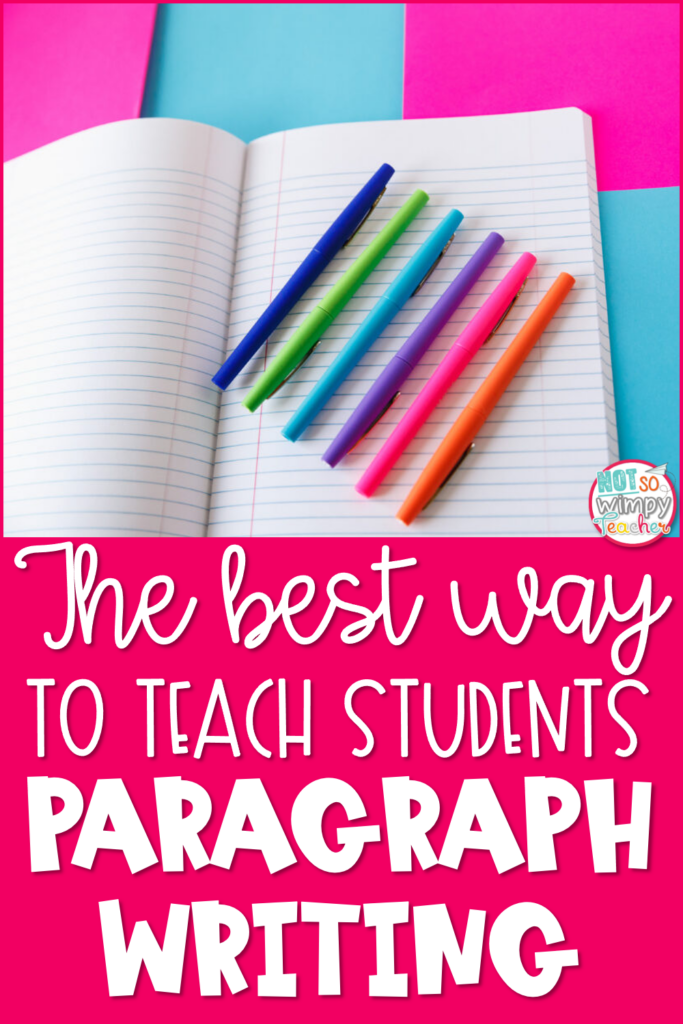
Have a Not So Wimpy Day,


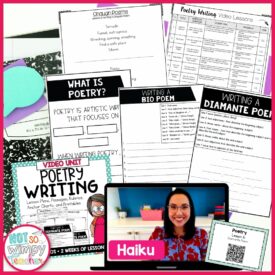
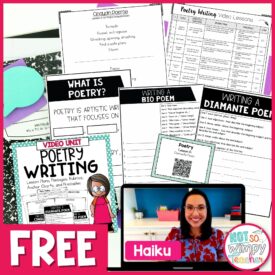


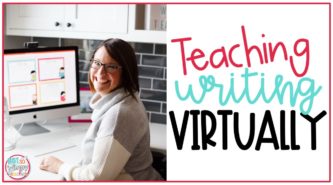
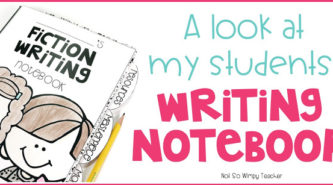
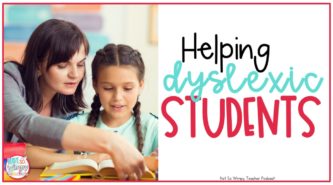











Is the Best Way to Teach Paragraph Writing a free item? If so please email it to me. Thanks.
The Writing Pacing Guide is a free resource. To have it delivered to your inbox, please follow the link in the article. Thank you!
I am an alumni of your terrific writing course but still have a question. Why aren’t the mentor texts indented? They’re just double spaced between. You even mentioned indenting above. I’ve wanted to know this since I started with your material but never asked. I have my students indent and add the double spacing between.
I’ve thought the same thing. I know you mention something about it, but can aome mentor texts show indentation so students see the difference?
Hi Susan,
Thanks for your question. The age of digital media changed everything! Some style guides for grammar and formatting changed as well. According to the style guides, it is acceptable to indent or skip a line between paragraphs. It’s not recommended that students do both. It’s one or the other. I think it’s important that students see text in both ways and have conversations about the different formats.
Hi! May I ask what style guides you follow?
Hi Dianne,
Our informational writing bundle includes lessons on the importance of citations and the information needed to cite. As teachers have different expectations on which style to use when creating citations, we leave it up to the teacher which style guide to use. When writing essays in grades 2-5 it’s important for students to maintain the same voice throughout the paper. The revision lessons guide them with that skill.
I love the layout of all the info
Im lookingforward to getting more info from you. The literature on paragraph writing has been very useful to me
You’ll find the writing pacing guide to also be useful. To have it delivered to your inbox, follow the link in the article.
Wonderful website. Great resources
Thank you. This looks wonderful!
This is my first year teaching 8th grade ELA. My students range in their ability to construct a good paragraph. Many of my kids struggle to write a good sentence, let a alone a paragraph. I have given them a choice of prompts, and they are walking through the writing process right now (pre-writing/drafting/revising/editing/publishing) to create their best informative paragraph for me. How do I manage a class full of students, who are all on different levels, and help them individually with their writing? What do 19 students do, while you are sitting with 1 and helping them work on their draft? It takes me at least 10-15min. per student talk about their draft and suggest revisions & edits.
Each hour is only 45 min long – and I have over 90 students. I’m struggling to keep the class on track while I am trying to focus on just one. Any advice?